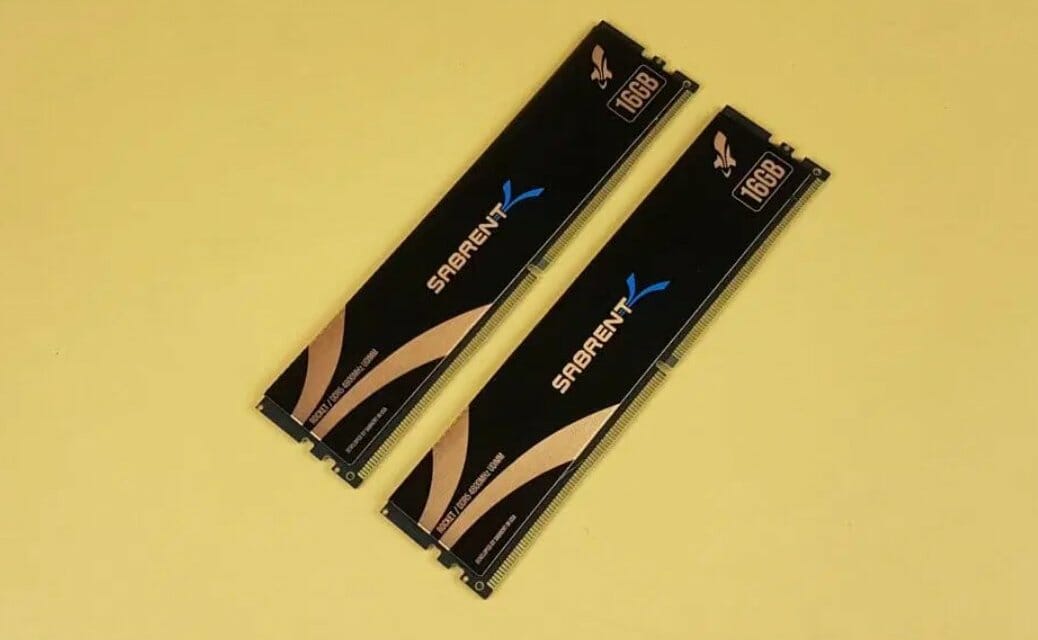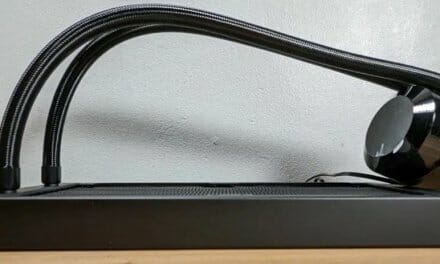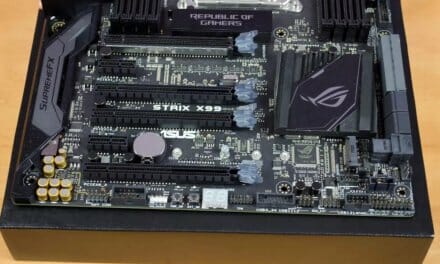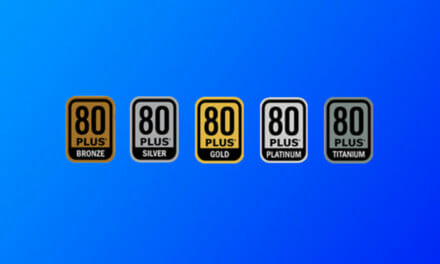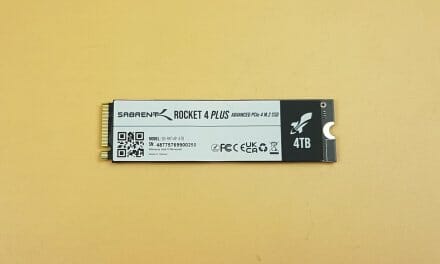Introduction:
The computer industry is always in a state of constant evolution, and memory technology is no exception. DDR5, or Double Data Rate 5, is the latest memory standard that promises faster and more efficient performance than its predecessors. DDR5 has been in development for several years, and it’s finally starting to hit the market.
In this article, we’ll take an in-depth look at DDR5 and its features, advantages, and compatibility. We’ll also answer some frequently asked questions about DDR5.
What is DDR5?
DDR5 is the fifth-generation double data rate synchronous dynamic random-access memory (SDRAM) technology. DDR5 memory chips are designed to replace DDR4 memory chips, which are currently the most popular memory standard for computers.
DDR5 memory chips are designed to operate at higher frequencies and provide more bandwidth than DDR4 memory chips. DDR5 also uses less power, which means it’s more energy-efficient. DDR5 memory chips can provide up to twice the capacity of DDR4 memory chips, allowing for more data to be stored in the same amount of physical space.
Advantages of DDR5:
DDR5 offers several advantages over its predecessors, including:
- Increased Bandwidth: DDR5 memory chips can provide twice the bandwidth of DDR4 memory chips, which means data can be transferred more quickly between the memory and the CPU.
- Lower Power Consumption: DDR5 memory chips use less power than DDR4 memory chips, which means they’re more energy-efficient.
- Higher Capacity: DDR5 memory chips can provide up to twice the capacity of DDR4 memory chips, allowing for more data to be stored in the same amount of physical space.
- Improved Reliability: DDR5 memory chips have built-in error correction codes (ECC) that can detect and correct errors in data transmission, which improves the overall reliability of the memory.
- Better Performance: DDR5 memory chips have higher clock speeds and more advanced memory controllers than DDR4 memory chips, which means they can deliver better overall performance.
Compatibility:
DDR5 memory is not backward compatible with DDR4 memory or any other previous memory standard. DDR5 memory modules have a different pin layout than DDR4 memory modules, which means they cannot be installed in DDR4 memory slots.
DDR5 memory modules require a compatible motherboard and CPU that supports DDR5 memory. Currently, only a few motherboard and CPU manufacturers offer DDR5 compatibility, and they’re typically only available on high-end gaming or workstation computers.
FAQs:
- Is DDR5 faster than DDR4?
Yes, DDR5 is faster than DDR4. DDR5 memory chips can provide twice the bandwidth of DDR4 memory chips, which means data can be transferred more quickly between the memory and the CPU.
- Can DDR5 memory be used with DDR4?
No, DDR5 memory is not backward compatible with DDR4 memory or any other previous memory standard. DDR5 memory modules have a different pin layout than DDR4 memory modules, which means they cannot be installed in DDR4 memory slots.
- Will DDR5 memory make my computer faster?
Yes, DDR5 memory can make your computer faster. DDR5 memory chips have higher clock speeds and more advanced memory controllers than DDR4 memory chips, which means they can deliver better overall performance.
Conclusion:
DDR5 is the latest memory standard that promises significant improvements in performance, power efficiency, and capacity. DDR5 offers several advantages over its predecessors, including increased bandwidth, lower power consumption, higher capacity, improved reliability, and better performance

